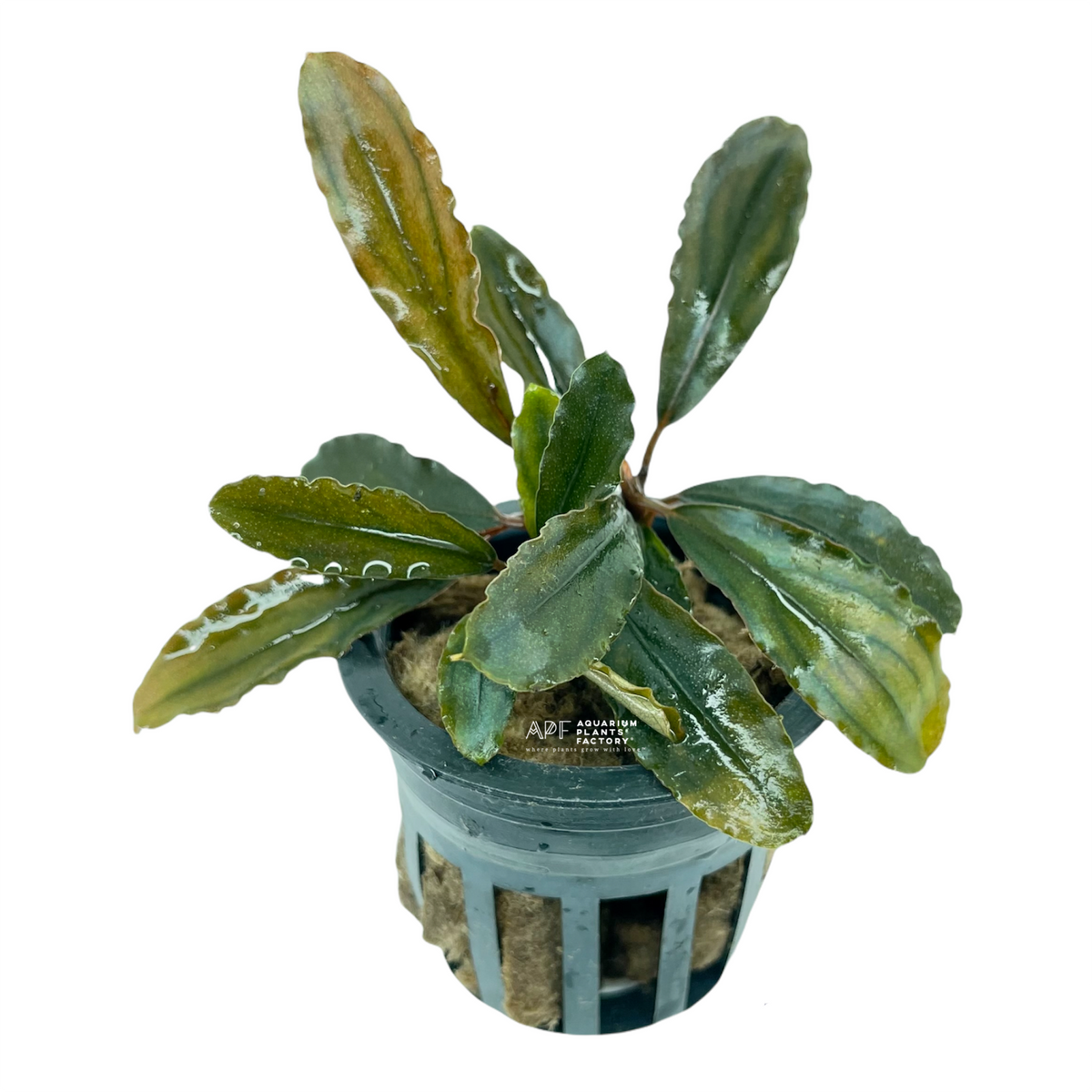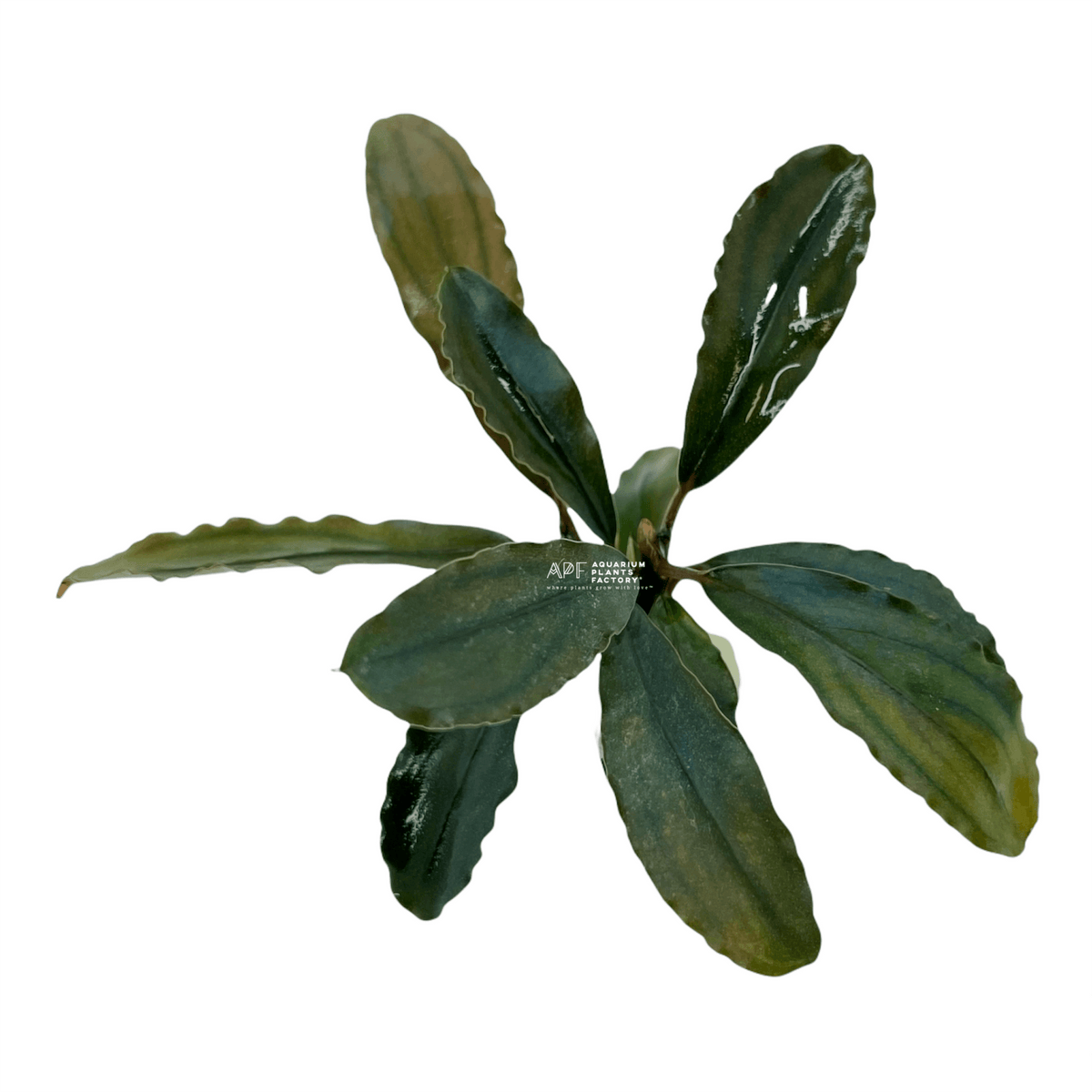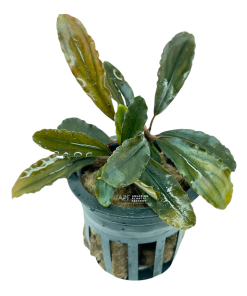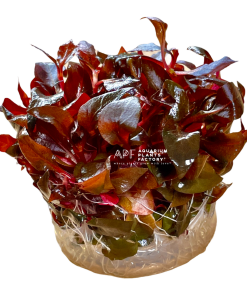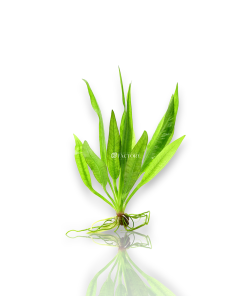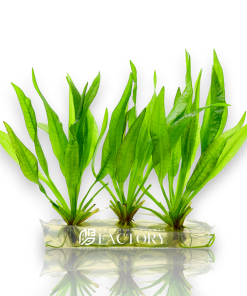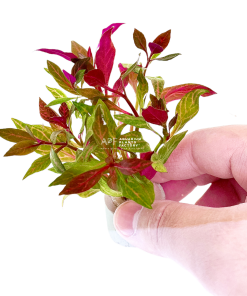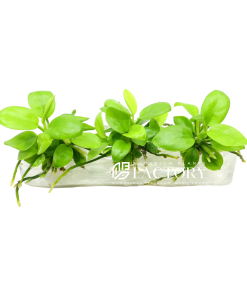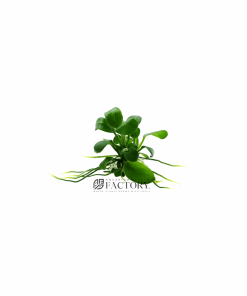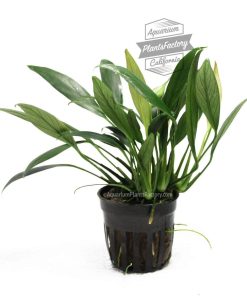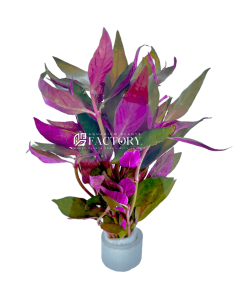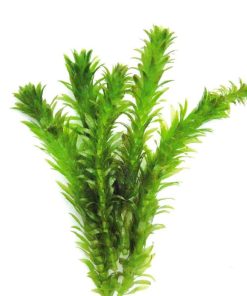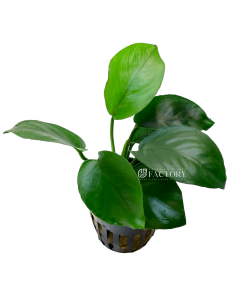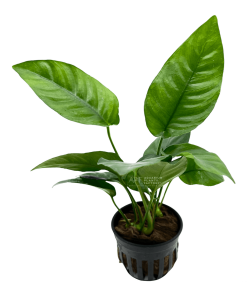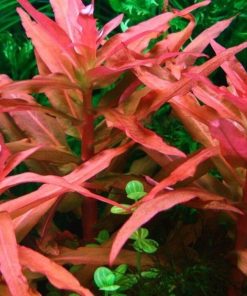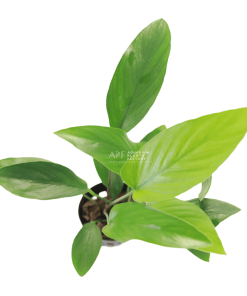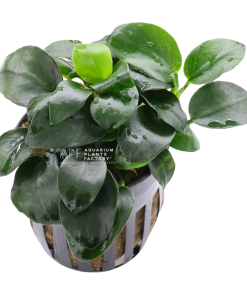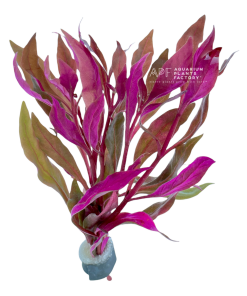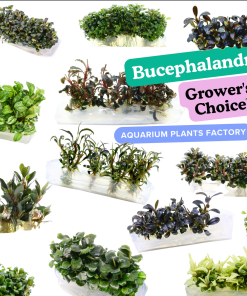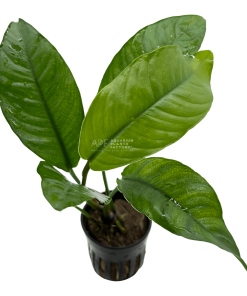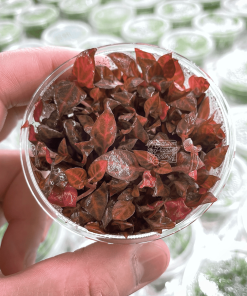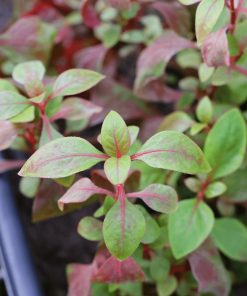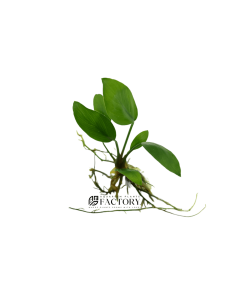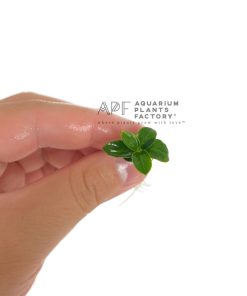Bucephalandra Alamanda Dark Aquarium Plants Factory
$ 9,99 $ 5,99
Bucephalandra Alamanda Dark is a captivating and rare aquatic plant that brings a touch of sophistication to any aquarium. Known for its deep, rich hues and unique foliage, this plant is a favorite among aquascapers and aquarium enthusiasts. With its easy care requirements and stunning appearance, Bucephalandra Alamanda Dark is perfect for both novice and experienced aquarists.
Key Features of Bucephalandra Alamanda Dark
-
Deep, Dark Foliage: Bucephalandra Alamanda Dark boasts leaves with a deep, dark green to almost black coloration, creating a striking contrast in your aquarium. The leaves’ subtle iridescence adds an extra layer of beauty, making this plant a standout feature in any aquascape.
-
Compact and Versatile: This plant has a compact growth habit, making it ideal for various aquascaping styles. It can be used as a foreground or midground plant, and its slow growth rate ensures it maintains its shape without frequent trimming.
-
Easy to Care For: Bucephalandra Alamanda Dark is a hardy plant that thrives in a range of water conditions. It requires low to moderate lighting and can tolerate various water parameters, making it suitable for both low-tech and high-tech setups.
-
Unique Flowers: In addition to its stunning foliage, Bucephalandra Alamanda Dark occasionally produces small, delicate flowers that add an extra layer of beauty to the aquarium. These flowers typically bloom above the water surface.
-
Natural Habitat: Native to the fast-flowing streams and rivers of Borneo, this plant grows attached to rocks and submerged wood. Its natural habitat makes it an excellent choice for replicating natural biotope aquariums.
Care Tips for Bucephalandra Alamanda Dark
- Lighting: Low to moderate lighting is ideal for Bucephalandra Alamanda Dark. Too much light can lead to algae growth on its leaves, while too little light may reduce its vibrant coloration.
- Water Conditions: This plant prefers water temperatures between 68-78°F (20-26°C) with a pH range of 6.0 to 7.5. It can thrive in both soft and moderately hard water.
- Substrate: While Bucephalandra Alamanda Dark can be planted in substrate, it often does best when attached to rocks or driftwood, mimicking its natural growing conditions.
- Fertilization: Regular fertilization with a balanced aquarium fertilizer will promote healthy growth and vibrant colors. CO2 supplementation can enhance growth but is not strictly necessary.
- Propagation: This plant can be easily propagated by cutting and replanting its rhizomes. Ensure each cutting has a few leaves and roots for successful propagation.
Benefits of Adding Bucephalandra Alamanda Dark to Your Aquarium
- Aesthetic Appeal: The deep, dark foliage of Bucephalandra Alamanda Dark creates a stunning visual effect, enhancing the overall beauty of your aquascape.
- Habitat Enrichment: Provides natural hiding spots and surfaces for biofilm, benefiting fish and invertebrates.
- Water Quality Improvement: Like other aquatic plants, Bucephalandra Alamanda Dark helps maintain water quality by absorbing excess nutrients and oxygenating the water.
Bucephalandra Alamanda Dark is a must-have for any aquarist looking to elevate the beauty and biodiversity of their aquarium. Its unique appearance, combined with its ease of care, makes it a standout choice for creating a vibrant and healthy underwater environment.
For more detailed information and to purchase Bucephalandra Alamanda Dark, visit reputable aquatic plant retailers or specialized aquarium forums.
Sold as Bunched Plants or Potted Plants:
- Bunched Plants: Approximately 1-2 plants bundled with a plant weight for easy placement.
- Potted Plants: Approximately 1-2 plants potted in rockwool and a net pot for secure growth and easy placement.
Disclaimer: Pictures are not the actual plants you will receive, but a sample representation. Unless specific, we don’t guarantee aquatic plants will be free of pests, pesticides, grow emerged, or submerge.
|
Scientific Name |
Bucephalandra Alamanda Dark |
|
Synonyms |
Buce, Bucep |
|
Common Name |
Buce Alamanda Dark |
|
Color |
Changeable |
|
Higher Classification |
Schismatoglottideae |
|
Plant Type |
Rheophyte / Epiphyte |
|
Placement |
Attachable to Driftwood, Stone, or Decor |
|
CO2 |
Not Required |
|
Growth Rates |
Slow |
|
Difficulty Level |
Easy |
|
Nutrient Substrate |
Not Required |
|
Can it grow emerged? |
Yes |
|
Lighting Requirements |
Low – High |
| Emersed Growth | Bunched Plants, Potted Plants |
|---|
Fast Shipping with Professional Packaging
Due to our longstanding partnership with UPS FedEx DHL and other leading global carriers, we can provide a range of shipping options. Our warehouse staff are highly trained and will pack the items according to our precise and exact specifications. Your products will be subjected to a thorough examination and will be safely packaged prior to being sent out. Every day, we send thousands of packages to customers from all over the world. This shows our commitment to being the largest retailer online in the world. The warehouses are located in Europe in the same way as they are in USA.
Note: Orders with more than one item will be assigned a processing date according to the item.
Before shipping Our team will conduct a thorough inspection on the products you ordered. The majority of orders are delivered within 48 hrs. The expected delivery time is 3 to 7 days.
Returns
The stock is constantly changing and cannot be fully controlled by us because of the involvement of multiple entities, including the factory as well as our warehouse. The actual stock levels can fluctuate at any point. Be aware that it is possible that your order will become unavailable even after you've placed your order.
Our policy lasts for 30 days. We are unable to return or exchange your purchase when it's been 30 days from the date of purchase.
To be returned, it must be unopened and in the same condition as when you received it in. It must also be returned in the original packaging.
Related products
Uncategorized
Uncategorized
Uncategorized
Uncategorized
Uncategorized
Uncategorized
Uncategorized
Uncategorized
Uncategorized
Uncategorized
Uncategorized
Uncategorized
Uncategorized
Uncategorized
Uncategorized
Uncategorized
Uncategorized
Uncategorized
Uncategorized
Uncategorized
A Bucephalandra Species Tissue Culture Premium Full Bag [Grower’s Choice] Aquarium Plants Factory
Uncategorized
Uncategorized
Uncategorized
Uncategorized
Uncategorized
Uncategorized
Uncategorized
Uncategorized
